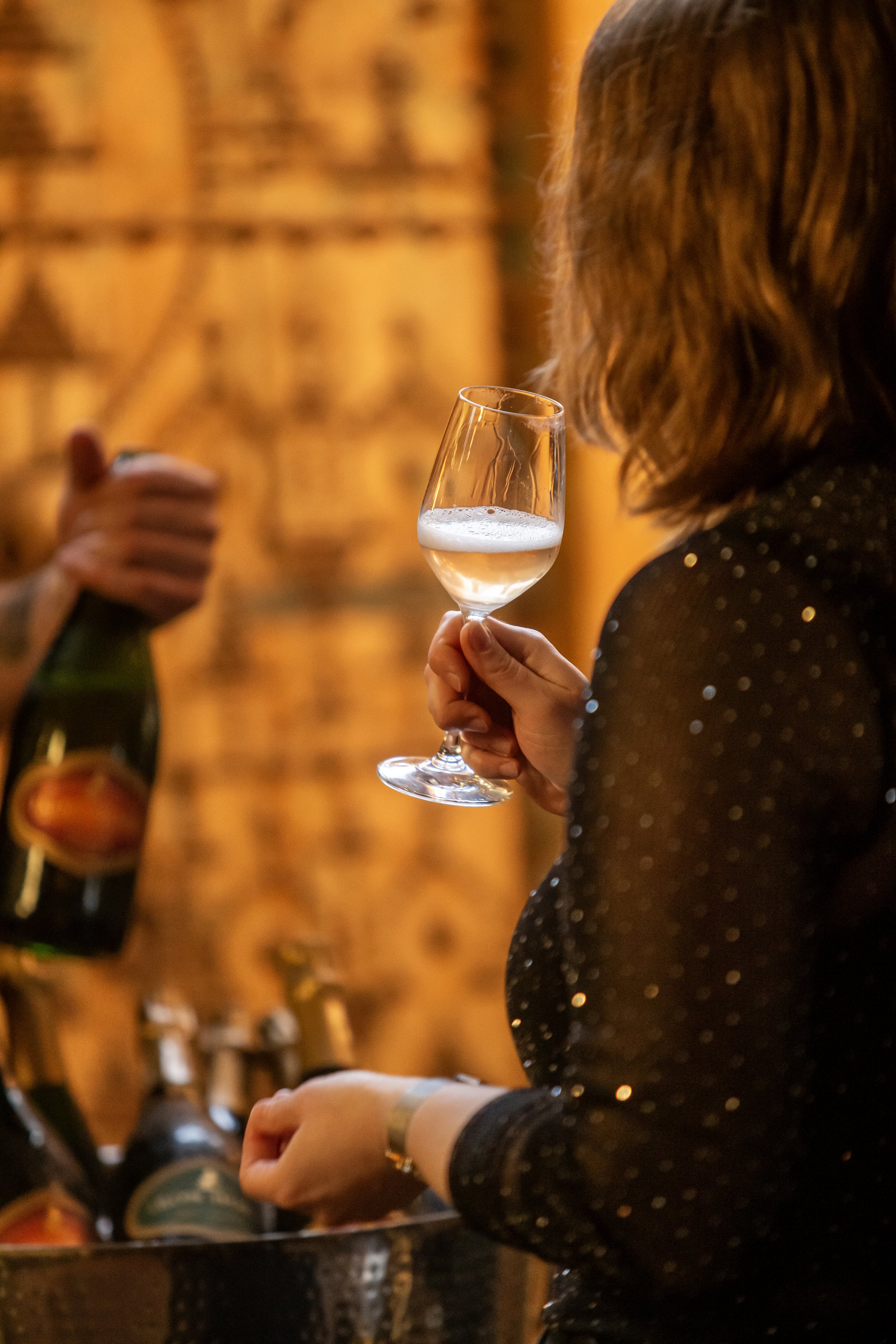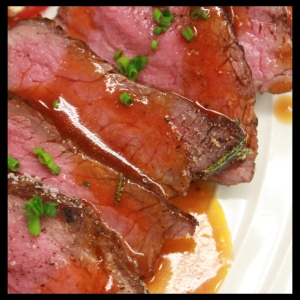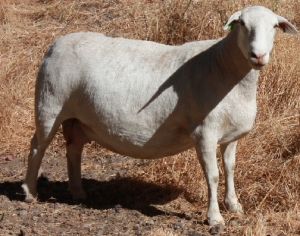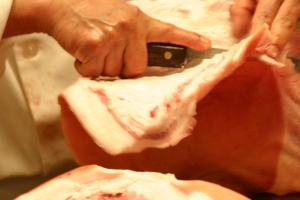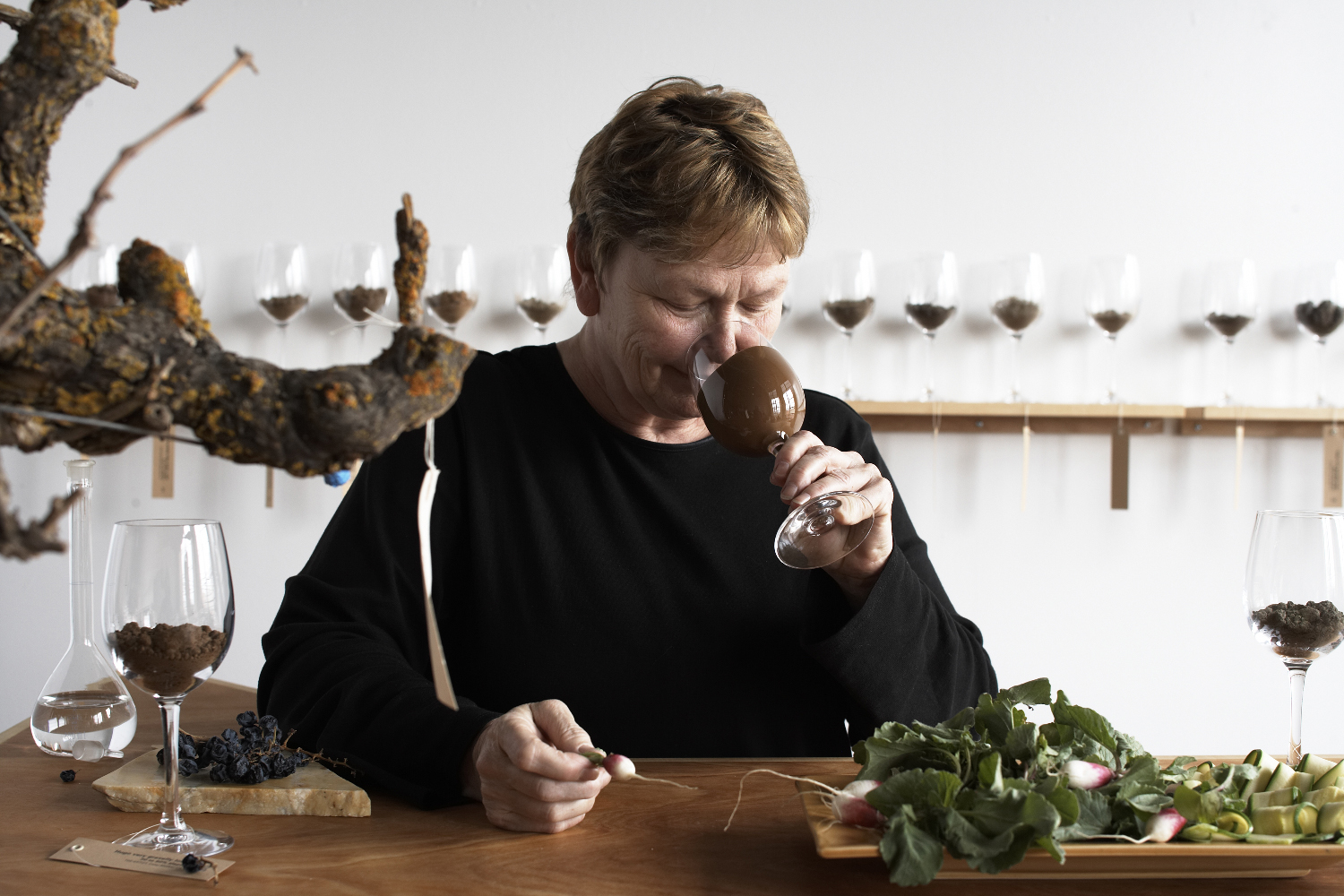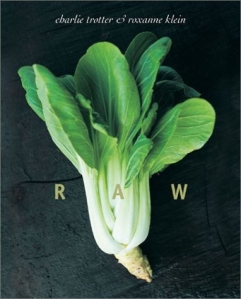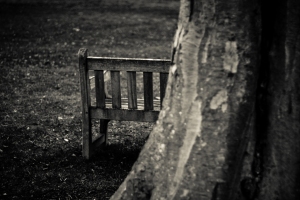(originally posted September 8, 2010)
 A few weeks back a journalist called looking for a quote for an article she was writing on the salmonella debacle, whose horrifying revelations were then just beginning to unfold. The first quotable words that came out of my mouth when she asked what I thought (lots of expletives having preceded them) were “It’s just the tip of the iceberg.” Which, sadly, it is. It’s a travesty that the simple egg, which even comes out of the animal that produces it in its own sanitary container, can be made into a lethal weapon. But that is by no means the only potentially dangerous food heading your way courtesy of a hydra-headed corporate food industry that has been built to put its own profitability before the health and safety of its customers. Up next: more meat recalls. Still, even for someone as skeptical as I am about the business practices of CAFOs (concentrated animal feeding operations), it was shocking to read that one single company alone (family owned no less) was capable of producing 2.3 million eggs a week in its Clarion, Ohio facility. We’re talking 60 million chickens folks, housed in hanger-sized industrial roosts where they lived, laid their eggs, and died inhabiting spaces the size of a shoebox. It’s not like you can take a broom and clean out a henhouse that size with the help of the neighbors.
A few weeks back a journalist called looking for a quote for an article she was writing on the salmonella debacle, whose horrifying revelations were then just beginning to unfold. The first quotable words that came out of my mouth when she asked what I thought (lots of expletives having preceded them) were “It’s just the tip of the iceberg.” Which, sadly, it is. It’s a travesty that the simple egg, which even comes out of the animal that produces it in its own sanitary container, can be made into a lethal weapon. But that is by no means the only potentially dangerous food heading your way courtesy of a hydra-headed corporate food industry that has been built to put its own profitability before the health and safety of its customers. Up next: more meat recalls. Still, even for someone as skeptical as I am about the business practices of CAFOs (concentrated animal feeding operations), it was shocking to read that one single company alone (family owned no less) was capable of producing 2.3 million eggs a week in its Clarion, Ohio facility. We’re talking 60 million chickens folks, housed in hanger-sized industrial roosts where they lived, laid their eggs, and died inhabiting spaces the size of a shoebox. It’s not like you can take a broom and clean out a henhouse that size with the help of the neighbors.
 Not these neighbors at any rate. From all available reports most of them either worked for the DeCoster family or had businesses dependent to some extent upon them. After I hung up I began to wonder at the mindset of someone living in Clarion, traveling to work every day, passing “millions of gallons of manure and putrid animal carcasses” heaped, in plain sight, beside facilities where rat excrement in the chicken feed was eventually found to be the cause of the outbreak. What were they thinking? At what point does self-interest begin to take a back seat to a greater concern for the health and safety of the community at large?
Not these neighbors at any rate. From all available reports most of them either worked for the DeCoster family or had businesses dependent to some extent upon them. After I hung up I began to wonder at the mindset of someone living in Clarion, traveling to work every day, passing “millions of gallons of manure and putrid animal carcasses” heaped, in plain sight, beside facilities where rat excrement in the chicken feed was eventually found to be the cause of the outbreak. What were they thinking? At what point does self-interest begin to take a back seat to a greater concern for the health and safety of the community at large?
It’s easy to judge the community of Clarion in hindsight, but the truth is they are not alone in turning a blind eye to the perils of modern food production. Most Americans have come to accept, even expect, cheap animal proteins in their daily diet. Instead of questioning how a plate of food that includes meat can be sourced, prepared, and served in a fast food restaurant for only $1.99, we complain when we come up against the real cost of food which has been properly farmed. A farmer I know that has a stand at the Farmers Market in Marin, an upscale town if ever there was one, told me a well dressed woman looking at her heirloom tomato prices last week ($1.50 above what we pay for them wholesale at Barndiva) told her “That’s a bit high, don’t you think? I can get six of those at Safeway for the same price.” No, actually, she can’t, not six of ‘those,’ but where is the change in having that conversation, at a Farmers Market no less?
By failing to understanding the real cost of producing food which respects the land and the animals that live on it in a manner which puts health first (their and ours, which in fact is one and the same thing) we have come to validate a false economy. One that, with the shrinking availability of the oil it's wholly dependent upon, is about to crash. The irony here is that when it does it will affect the cost of those "cheap" tomatoes a lot more profoundly than the local, seemingly more expensive ones.
 And don’t be fooled by the recent headlines that until the spigot closes, oil based agriculture will be able to help the economy in general in any meaningful way either. The lead article in the New York Times business section on September 1 may have read “strong exports lift agriculture, a bright spot in the U.S. economy,” but the key word in that seemingly optimistic headline wasn't ‘Bright’ ‘Strong’ or ‘Lift.’ It was ‘Exports.’ While the natural catastrophes in Russia, Kazakhstan and the Ukraine which decimated their wheat crops this summer, along with the increasing desperation in China to feed its exploding population have indeed lead to higher prices for wheat and grain produced by American food conglomerates, who really benefits? Read a bit further in the same article and you find out: 75% of the farm production the headline touts as being ‘on the rise’ in this otherwise dreadful economic year occurs in just 12% of the total farms in the country. If the ethically challenged DeCoster’s aren’t representative of that 12%, I’ll eat my hemp hat.
And don’t be fooled by the recent headlines that until the spigot closes, oil based agriculture will be able to help the economy in general in any meaningful way either. The lead article in the New York Times business section on September 1 may have read “strong exports lift agriculture, a bright spot in the U.S. economy,” but the key word in that seemingly optimistic headline wasn't ‘Bright’ ‘Strong’ or ‘Lift.’ It was ‘Exports.’ While the natural catastrophes in Russia, Kazakhstan and the Ukraine which decimated their wheat crops this summer, along with the increasing desperation in China to feed its exploding population have indeed lead to higher prices for wheat and grain produced by American food conglomerates, who really benefits? Read a bit further in the same article and you find out: 75% of the farm production the headline touts as being ‘on the rise’ in this otherwise dreadful economic year occurs in just 12% of the total farms in the country. If the ethically challenged DeCoster’s aren’t representative of that 12%, I’ll eat my hemp hat.
If we can just agree it’s time to understand the real costs involved in producing good safe food and adjust to the fact that it’s going to be a bit higher than we have gotten used to, where do we go from there? We can start by eating less and eating more intelligently, but obviously that alone won’t do it. We need systemic changes in the system ~ food production needs to reflect a sustainable set of values. If food producers are not held to legal standards to accomplish those, we’re doomed. Yet at precisely the moment in our history when we should be pulling together as a nation and demanding oversight and change in a unified voice that will truly serve 'the will of the people' ~ that hallowed historical tenet ~ built into the constitution to save us from ourselves when faced with precisely this kind of scenario ~ has been co-opted.
What do you really know about the Tea Party Movement? Not what you've been led to think ~ a genuine grass roots (neo-conservative) movement ~ but what do you really know about how it’s being funded and what its real agenda is?
Frank Rich wrote an eye-opening editorial two weeks ago in the New York Times in which he noted “There’s a difference between mainstream conservatism and a fringe agenda that tilts completely toward big business, whether on Wall Street or in the Gulf of Mexico, while dismantling fundamental oversight safety nets designed to protect the unemployed, public health, workplace safety, and the subsistence of the elderly.” A lot of what Rich refers to in “The Billionaires Bankrolling the Tea Party,” which we provide a link for below and urge you to read, was based on a remarkable article published last month in The New Yorker by Jane Mayer. Both articles point to overwhelming evidence that the self-serving interests driving the Tea Party Movement will subvert the very notion of grass roots that has always been relied upon to seek change from the bottom up. Instead, and possibly without the knowledge of most of its members, the TP Movement advances a singular big business agenda that cares about as much for the little guy as the DeCosters cared for their 4.6 million disease riddled chickens. Don’t get me wrong: Americans need to demand change within virtually every Federal Regulatory Agency we’ve entrusted to have our backs when it comes to labor, the environment and food safety. More and more, with every Katrina and BP disaster showing fault lines in federally funded protection agencies we should be able to depend upon, Washington begins to resemble a lawless frontier town where justice is random and graft reigns. But having a lawless town doesn’t mean you don’t need a sheriff, it means you need one whose gun fires more than blanks.
With respect to food, which this newsletter is primarily about each week, if you’re reading this within eating distance of the Sonoma County Foodshed and are tempted to think outbreaks like the Salmonella egg fiasco can’t touch you because you know where your eggs come from, think again. No matter what your individual diet is comprised of right now no matter where you source it, the dismantling of controls over food production will eventually affect all of us.
It’s one thing to be fed up with the quality of "elected representation" masquerading as leadership in Washington ~ I know I am ~ but quite another to think the center will hold in America by dismantling all our flawed but essential public programs simply because they don't serve the vested interests of powerful lobby's and the corporate entities they represent. The very way we define the words “an America of and by the people” is up for grabs, that is the real war being fought right now. As in all wars, the first thing to arm yourselves with is knowledge.
CAFO: The Tragedy of Industrial Animal Factories
With respect to The Tea Party we urge you to read Frank Rich’s editorial: The Billionaires Bankrolling the Tea Party, and the Jane Mayer article: Covert Operations, in the New Yorker.

